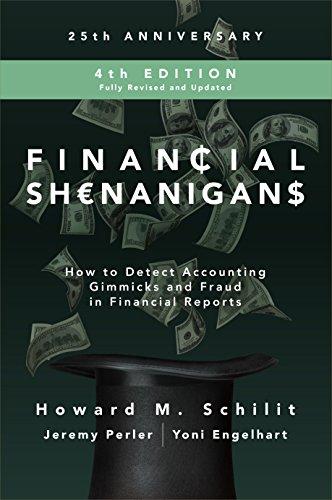Question
Bill and Shirley Hogan, who'd like to retire while they're still relatively young - in about 20 years. Both have promising careers, and both make
Bill and Shirley Hogan, who'd like to retire while they're still relatively young - in about 20 years. Both have promising careers, and both make good money. As a result, they're willing to put aside whatever is necessary to achieve a comfortable lifestyle in retirement. Their current level of household expenditures (excluding savings) is around $75,000 a year, and they expect to spend even more in retirement; they think they'll need about 125% of that amount. (Note: 125% equals a multiplier factor of 1.25). They estimate that their Social Security benefits will amount to $27,000 a year in today's dollars and they'll receive another $34,000 annually from their company pension plans. They feel that future inflation will amount to about 3% a year, and they think they'll be able to earn about 12% on their investments before retirement and about 8% afterward. See Appendix A and Appendix B.
Use Worksheet 14.1 to find out how big their investment nest egg will have to be. Round your answer to the nearest dollar. $ How much they'll have to save annually to accumulate the needed amount within the next 20 years. Round your answer to the nearest dollar. $
worck sheet 14.1
| Name(s) | Date | ||||||||||
| I. | Estimated Household Expenditures in Retirement: | ||||||||||
| A. | Approximate number of years to retirement | ||||||||||
| B. | Current level of annual household expenditures, excluding savings | $ | |||||||||
| C. | Estimated household expenses in retirement as a percent of current | ||||||||||
| expenses | % | ||||||||||
| D. | Estimated annual household expenditures in retirement (B C) | $ - | |||||||||
| II. | Estimated Income in Retirement: | ||||||||||
| E. | Social security, annual income | $ | |||||||||
| F. | Company/employer pension plans, annual amounts | $ | |||||||||
| G. | Other sources, annual amounts | $ | |||||||||
| H. | Total annual income (E + F + G) | $ - | |||||||||
| I. | Additional required income, or annual shortfall (D - H) | $ - | |||||||||
| III. | Inflation Factor: | ||||||||||
| J. | Expected average annual rate of inflation over the period to retirement | % | |||||||||
| K. | Inflation factor (in Appendix A): | Based on | 0 | years to | |||||||
| retirement (A) and an expected average | |||||||||||
| annual rate of inflation (J) of | 0% | 1.00 | |||||||||
| L. | Size of inflation-adjusted annual shortfall (I K) | $ - | |||||||||
| IV. | Funding the Shortfall: | ||||||||||
| M. | Anticipated return on assets held after retirement | % | |||||||||
| N. | Amount of retirement funds requiredsize of nest egg (L M) | $ - | |||||||||
| O. | Expected rate of return on investments prior to retirement | % | |||||||||
| P. | Compound interest factor (in Appendix B): | ||||||||||
| Based on | 0 | years to retirement (A) and an expected rate of return | |||||||||
| on investments of | 0% | 0.0 | |||||||||
| Q. | Annual savings required to fund retirement nest egg (N P) | $ - | |||||||||
| Note: Parts I and II are prepared in terms of current (todays) dollars. | |||||||||||
Step by Step Solution
There are 3 Steps involved in it
Step: 1

Get Instant Access to Expert-Tailored Solutions
See step-by-step solutions with expert insights and AI powered tools for academic success
Step: 2

Step: 3

Ace Your Homework with AI
Get the answers you need in no time with our AI-driven, step-by-step assistance
Get Started


